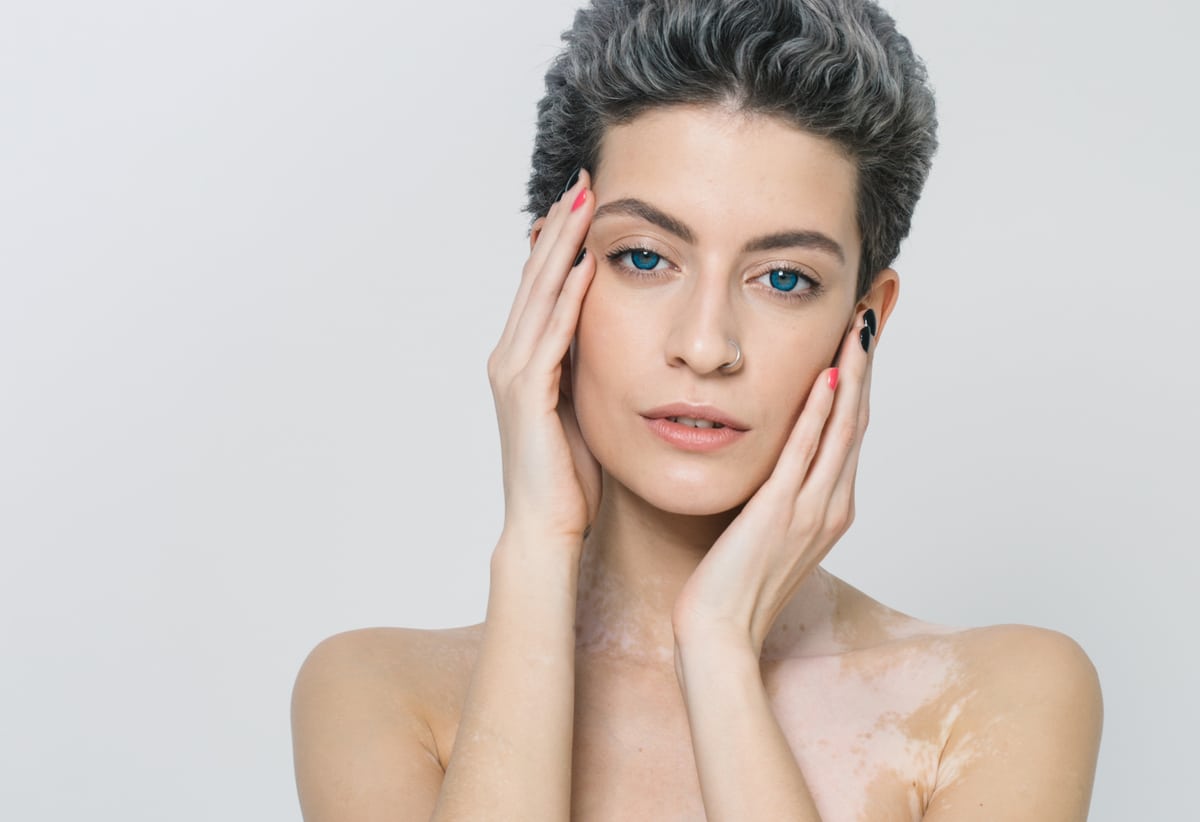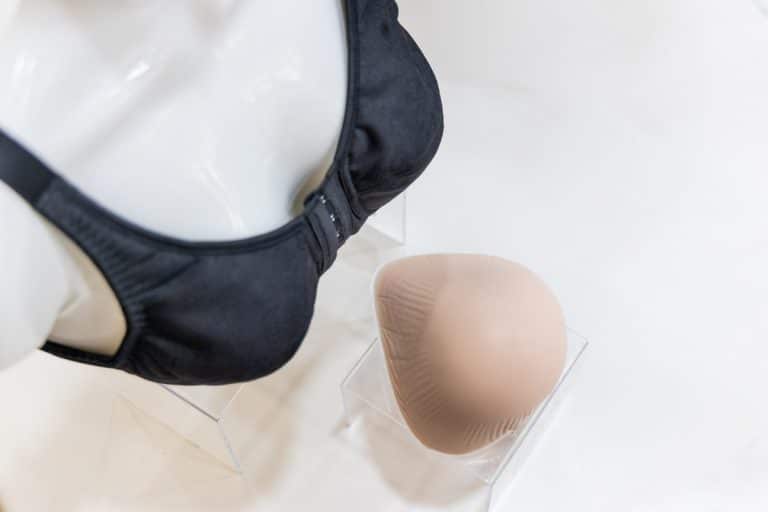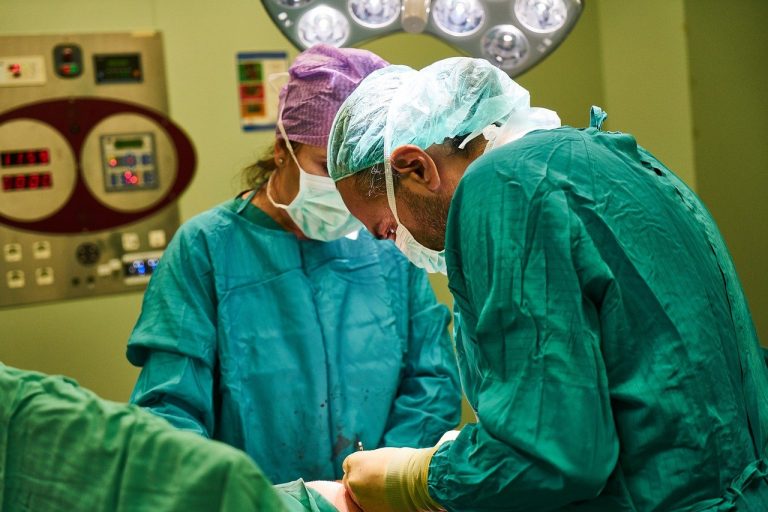Skin conditions are pretty common; nearly 60% of people in the UK have experienced a skin condition at some point. Although skin conditions are common, there’s a high probability that you’ve never heard of or seen patients suffering from most of them. There are hundreds of You may never need to know these conditions, but having a passing knowledge of them never hurts. If you or someone close ever gets a skin condition, you might want to know what it is and find the best way to cure it. This article explores the common skin conditions you’ve never heard of and how to treat them. These conditions are not always terrible; some are difficult to recognise without a medical diagnosis.
Chronic Conditions
Chronic skin conditions last long, usually for life, and typically have no known cure. They are best managed, and symptoms are treated to alleviate them.
Moles
Moles are quite common; most people will develop moles at some point. They are generally harmless, save for concerns about physical appearance. But some moles may become cancerous (melanoma). If you are unsure about your moles, you should get medical advice. There is no treatment for moles. You can only get them removed through surgical intervention. You’ll need further medical attention for melanomas.
Alopecia
Hair loss is a scary thing for many. While more males suffer hair loss than females, alopecia is not limited to gender. You may have developed alopecia if you start losing your hair in small patches. There’s no permanent cure for alopecia, but patients can manage it well. With adequate management, hair can grow again, and the surrounding skin may recover its structure. Alopecia may occur as a side-effect of medical treatment; in that case, recovery may never happen.
Lupus
Lupus is an autoimmune disease that affects between 20 -150 per 100,000 people. Lupus occurs when the body’s immune system erroneously attacks organs and tissues in the body, believing them to be harmful. Symptoms include fatigue, fever, skin lesions, stiffness, joint and muscular pain and swelling, and discolouration of the fingers and toes when the temperature changes. You can read more about lupus from online experts to learn more. It is incurable, but symptoms can be treated and managed with immunosuppressants and corticosteroids.
Rosacea
Rosacea is a skin condition that, contrary to popular belief, is not caused by poor hygiene. The causes are unknown, but some experts think it combines immune activity and environmental factors. Rosacea facial skin becomes flushed and is usually accompanied by pimples and thickened skin. It affects the face more and is more common in women. Rosacea is incurable, but symptoms can be treated with topical drugs such as oxymetazoline (Rhofade), reducing skin flush by constricting facial blood vessels.
Ichthyosis Vulgaris
Ichthyosis is a disease caused by a mutated gene often inherited from one parent. If two mutated genes are inherited, a more severe form of ichthyosis occurs. Ichthyosis Vulgaris, one of over 20 forms of the disease, affects 1 in 250 people in the UK. It causes dead skin cells to accumulate, leading to rough, dry and scaly skin. Treatment includes regular skin moisturisation, exfoliation, and drugs that improve skin moisturisation.
Seborrheic Dermatitis (Eczema)
Eczema is a common skin condition that causes dry, red and itchy skin. Eczema is non-contagious and leads to inflammation, cracked skin, and often scaly skin. It is an easy-to-manage condition that patients can live with comfortably. Eczema can be treated using antifungal drugs and topic preparations. Treatment drugs are usually in prescription-strength doses and not OTC. Certain foods or environmental factors may trigger some symptoms of eczema; it is important to note such triggers and avoid them.
Psoriasis
Psoriasis is another immune-related skin disease that occurs when skin cells are replaced faster than normal. This leads to the buildup of skin cells in silver-coloured or grey patches or bumps around the body. These patches are usually itchy and scaly and may become inflamed easily. Symptoms include itchy patches mostly around the arms, legs, knees, elbows, trunk and scalp. Patches may bleed when scratched. Psoriasis is treated by medical management using topical corticosteroids and oral drugs.
Raynaud’s Phenomenon
Raynaud’s phenomenon is a skin condition that periodically decreases blood flow to the fingers and sometimes the nipples, ears, and toes. When it happens, the fingers or affected body parts become numb and may become slightly discoloured. Symptoms include pain, difficult movement, numbness, pins-and-needle feeling, etc. Raynaud’s phenomenon is usually mild and can be treated by simply keeping warm. If blood flow restriction becomes severe, you can see a GP. Treatment for severe forms includes prescription vasodilators.
Vitiligo
Vitiligo is a skin condition caused by the absence of melanin, the black matter responsible for dark skin. It is considered an autoimmune disease and typically affects all body areas. But the common parts are the face, neck, and arms. The discolouration is often symmetrical; both body parts lose colour proportionally. Vitiligo can also cause skin creases. It is non-contagious and painless, but pain may occur when the discoloured patches get sunburn. Treatment includes light therapy, camouflage therapy, surgery, repigmentation therapy, and corticosteroids. Treatments are focused on restoring colour or removing the remaining colour.
Temporary Conditions
Temporary skin conditions are those that are often curable but may reoccur later. They may last for a short time or long, but they are curable.
Acne
Acne is caused by the buildup of trapped oil, dead skin cells, and bacteria in blocked skin follicles. When that happens, the pores become clogged and may swell. Acne usually appears on the face, chest, shoulder, neck, and upper back. Symptoms include pimples, whiteheads, blackheads, swollen and painful skin nodules, and cystic lesions. Acne can be treated using oral and topical drugs—hormonal acne (caused by oversecretion of sebum).
Skin Cancer
Skin cancer affects the skin, causing the uncontrolled growth of abnormal cells. Unfortunately, it has become a common skin condition, affecting millions of people in the UK with over 100,000 new cases yearly. There are different skin cancers, but melanoma is the worst and most common. Symptoms include irregular moles, which may change shape, size, and colour. Diagnosis is made by a GP, and treatment may combine one or more methods such as surgery and immunotherapy.
Athlete’s Foot
Athlete’s foot is a fungal foot disease common in people who wear tight-fitting shoes for long periods. Warm and damp footwear favour the growth of the fungi, and the condition may spread quickly. Symptoms include itchy and often inflammation, discolouration, scaliness, dry skin, and sometimes peeling skin. Athletes’ feet are treated with antifungal medications which patients can buy over-the-counter. Proper foot hygiene is necessary to promote healing and prevent reoccurrence.
Candidiasis (Thrush)
Candidiasis is another fungal disease caused by candida, a yeast fungus. The fungi are normally found in the mouth and the vagina, but excessive growth can cause thrush. Symptoms include discoloured skin patches, rashes, flaky white covering, scaly and cracked skin, sore throat, sore skin, and erythema (inflamed blood capillaries). Candidiasis is treated with topical, oral and intravenous antifungal drugs.
Hives
Hives are a skin condition that makes the skin itchy. Hives are temporary and are mainly caused by an allergic reaction. Hives occur in clusters and cause discolouration. The skin colour may become red or pinkish. Hives are best treated with corticosteroids and antihistamines as prescribed by a GP. Severe cases may require additional treatment.











